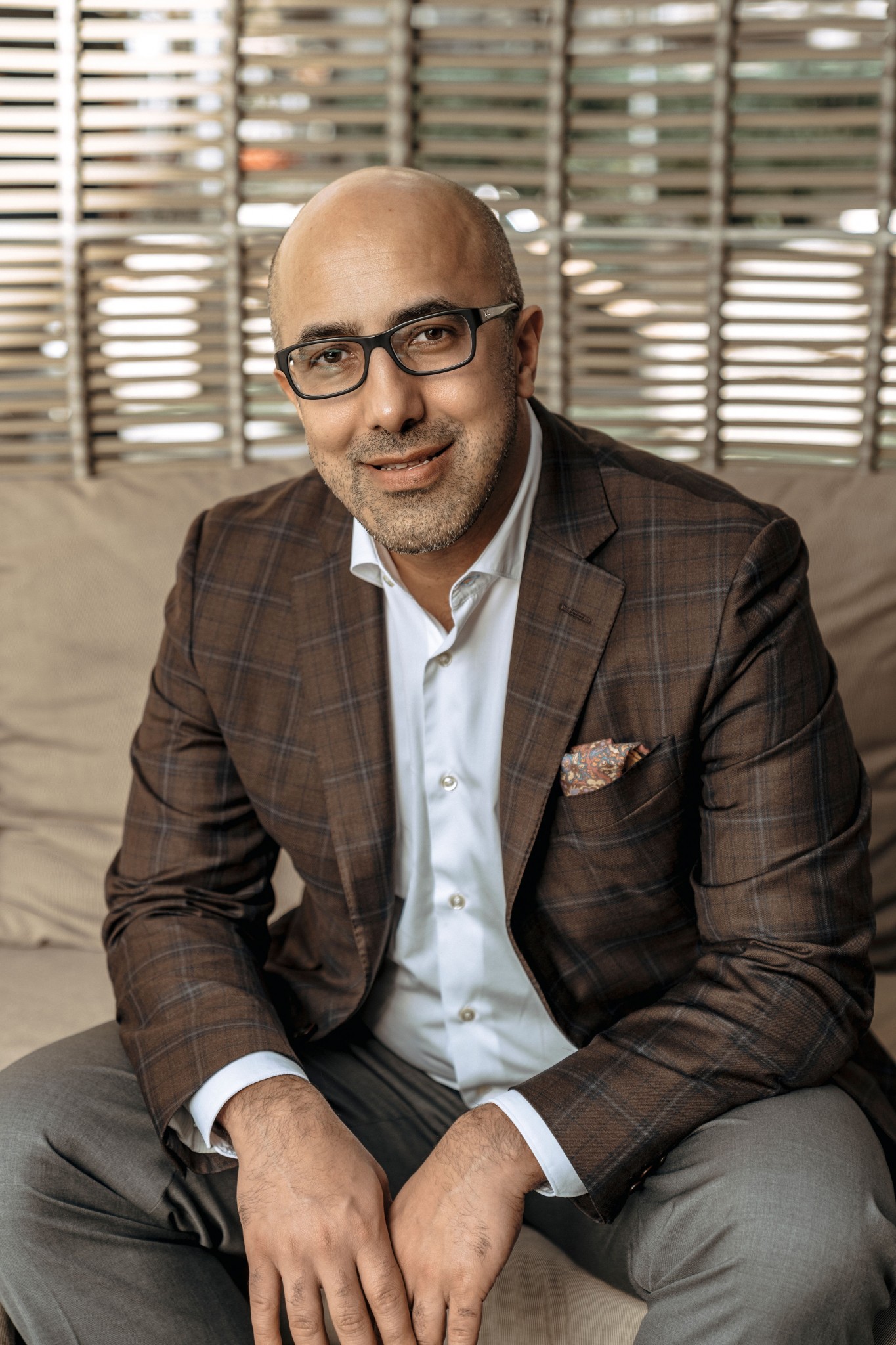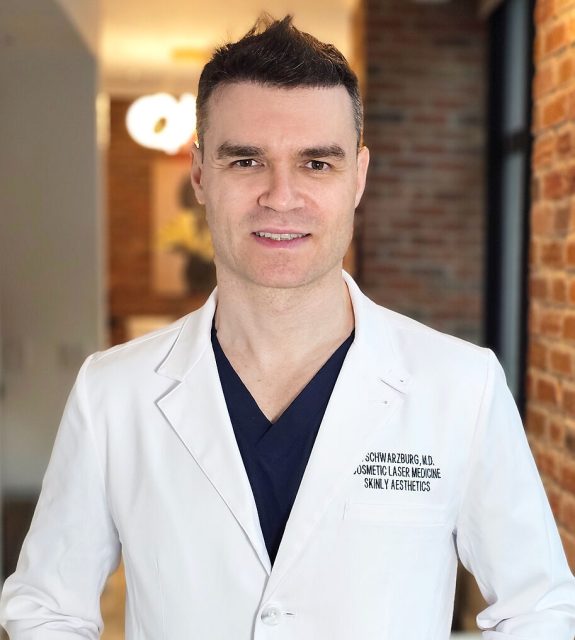
Cantor Spine Institute specializes in holistic approaches to spinal care. Through minimally-invasive surgery, innovative technology, and extensive research this institute is dedicated to finding lasting solutions to patients with spinal issues. Dr. Asghar, who has over 18 years of surgical experience and has completed thousands of scoliosis and spinal deformity surgeries, sat down with Haute Beauty to discuss scoliosis, the three differences between the diagnosis and the best treatment for this symptom.
What is scoliosis?
Scoliosis is essentially a curvature of the spine. By definition, the curvature is greater than 11 degrees. If you look at the world, many individuals have small wiggles through their spine, but it doesn't meet the definition of scoliosis because the curve is not larger than 11 degrees.
The three types of scoliosis?
Congenital: Congenital scoliosis occurs at birth and is actually an abnormality of growth that usually develops in the first trimester of life while a baby is in the mom's belly.
Neuromuscular: The second type is neuromuscular. This type is often times related to muscular abnormalities from specific syndromes, such as cerebral palsy or muscular dystrophy. These muscular imbalances drive the occurrence of the curve. Neuromuscular scoliosis tends to be slightly different in pattern and can be very rapidly progressive.
Idiopathic: The third type and the most common is idiopathic scoliosis. Idiopathic means there is no known cause. The more accurate definition is probably adolescent or juvenile inheritance scoliosis, because there is a strong genetic predisposition to this type.
The important thing to notice in the idiopathic type is that it can be broken down into progressive and non-progressive. Progressive scoliosis is a curve type that continues to worsen throughout an individual’s life. Non-progressive is the type that typically stays that same.
How to treat scoliosis?
Ultimately, in treating scoliosis, the most important thing is to identify which curve is going to be progressive and which curve can cause detriment over the long term. Early on, the focus of treatment is to identify the scoliosis and what type of curve it is. Doing this helps determine how the patient will do over time.
For more information, visit Cantor Spine Institute - MOVED TO MD MEMBERS's social media:























